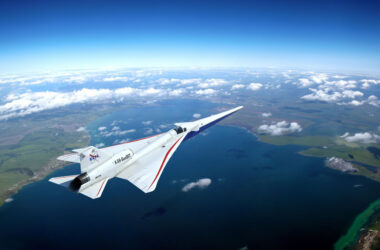NASA has announced how it plans to spend its $49.9 million Small Business Innovation Research (SBIR) and Small Business Technology Transfer (STTR) program funds.
In total NASA received 1,621 proposals in response to its call for applications. It selected 399 research and technology proposals which it hopes will enable future missions into deep space and advancements in aviation science.
The SBIR and STTR program’s selection of nearly 400 proposals for further development is a testament to NASA’s support of American innovation by small businesses and research institutions … This program provides opportunities for companies and institutions to commercialize their innovations while contributing to meeting NASA’s goals and objectives across all mission areas.Steve Jurczyk, associate administrator for the Space Technology Mission Directorate (STMD) at NASA Headquarters in Washington
The proposals support the development of a broad range of technologies in aeronautics, science, human exploration and operations, and space technology. But, in a blog post, NASA highlighted some of the key projects.
- High temperature superconducting coils for a future fusion reaction space engine.
These coils are needed for the magnetic field that allows the engine to operate safely. Nuclear fusion reactions are what power our sun and other stars, and an engine based on this technology would revolutionise space flight - Advanced drilling technologies
This would enable exploration of extraterrestrial oceans beneath the icy shells of the moons of Jupiter and Saturn, which can be miles thick. This is critical for detecting past or present life in these off-world oceans. - New wheels for planetary rovers
These could dramatically improve mobility over a wide variety of terrains. This new design has multiple applications and could potentially impact any heavy-duty or off-road vehicle in diverse markets such as farming and defence. - Software-enabling collaborative control of multiple unmanned aircraft systems
This could revolutionise how unmanned vehicles fly in close proximity to manned flights.
These types of operations also are of interest to national security and disaster relief missions, including fire management. - A leading-edge manufacturing process that enables recycling of used or failed metal parts
This would work by placing them into a press, producing a slab of metal, and machining it into a needed metal part in logistically remote environments, such as a space station or long-duration space mission.
Find Out more at nasa.gov








